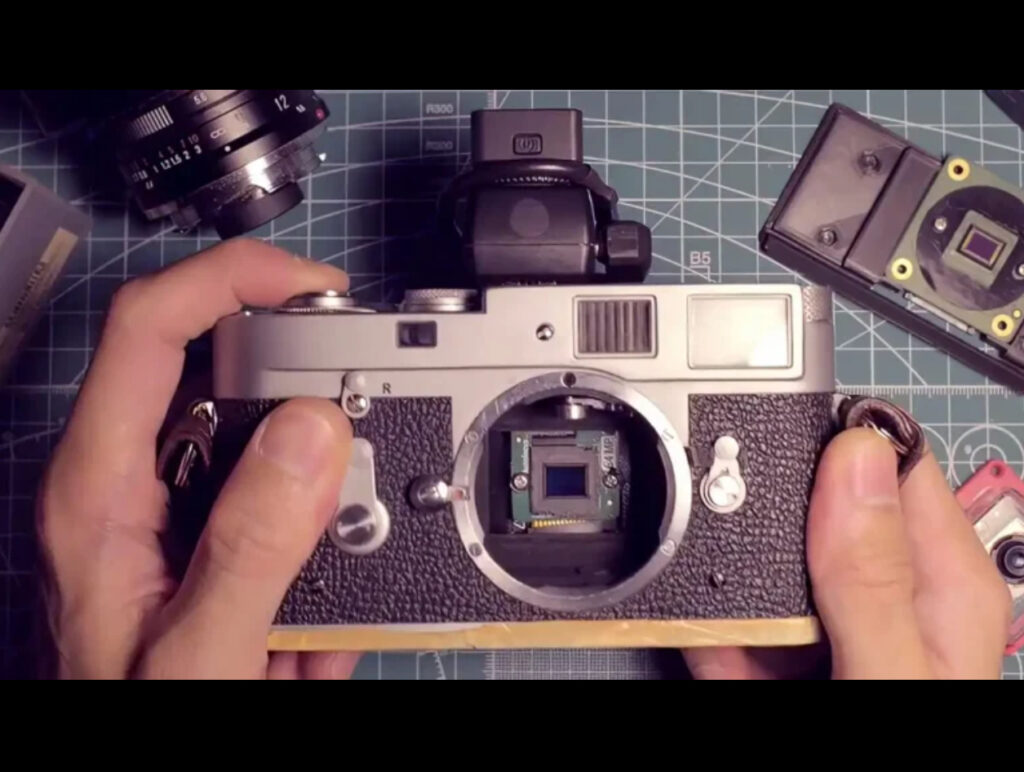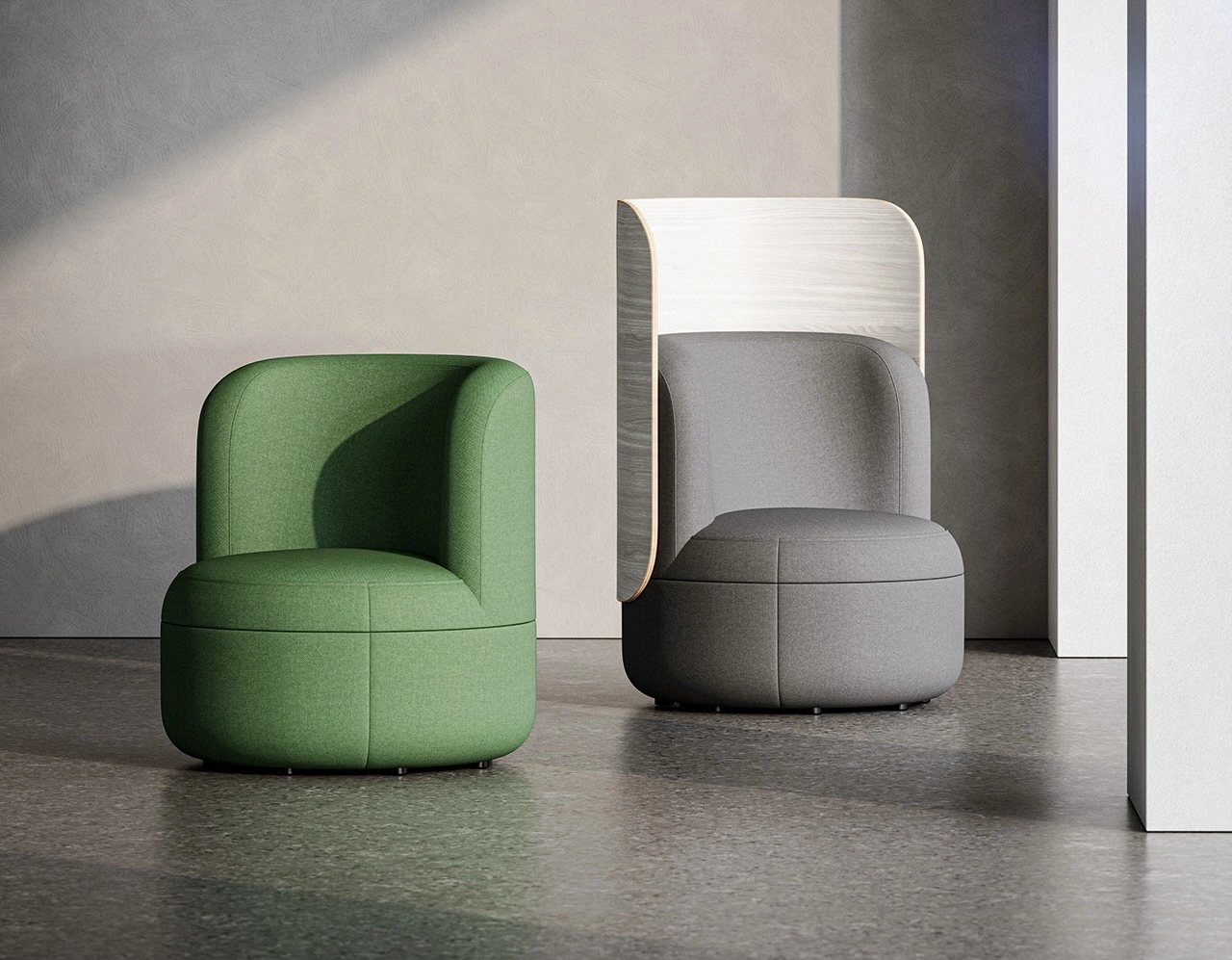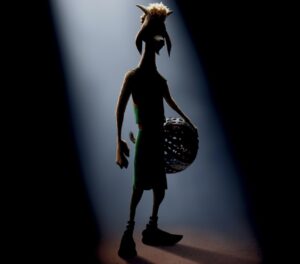The Leica M2, introduced in 1958, has long been considered one of the most iconic analog cameras in photography history. Revered for its simplicity, reliability, and mechanical precision, it has remained a timeless classic for enthusiasts and professionals alike. Now, decades later, the Leica M2Pi enters the scene, offering a groundbreaking twist: it boldly digitizes the analog charm of the M2. This upgraded version brings modern technology to a classic design, bridging the gap between nostalgia and innovation.
The Leica M2Pi: A Modern Retelling of a Classic
The Leica M2Pi stays true to the design principles of the original M2 while introducing advanced digital capabilities. The camera retains the sturdy, minimalist chassis of its predecessor, ensuring it appeals to purists who value Leica’s legendary craftsmanship. At the same time, subtle but significant modifications make it a true hybrid for today’s photographic demands.
Key Features of the M2Pi
Hybrid Operation
The M2Pi allows users to seamlessly switch between analog and digital modes. In analog mode, it functions like the original M2, capturing images on 35mm film. Switching to digital mode activates the internal 24-megapixel full-frame sensor, offering the flexibility of modern digital photography.
Digital Film Back
Leica has integrated a detachable digital back, giving users the choice to shoot in traditional film format or digitize their experience. The digital back features a touchscreen display and wireless connectivity, enabling instant image sharing and editing.
Advanced Viewfinder
The M2Pi boasts an upgraded optical viewfinder with an augmented reality overlay. This innovation provides digital information like exposure settings and focus peaking without compromising the analog shooting experience.
Manual Controls with Digital Precision
While the M2Pi retains the traditional mechanical controls of the M2, it incorporates subtle haptic feedback in digital mode, ensuring that modern photographers enjoy precise adjustments.
Battery and Storage
A discreetly integrated rechargeable battery powers the digital functions, and dual SD card slots provide ample storage for high-resolution images.
Balancing Tradition and Modernity
The Leica M2Pi achieves a delicate balance between honoring the legacy of analog photography and embracing the advantages of digital innovation.
Analog Purity
For analog enthusiasts, the M2Pi preserves the tactile and deliberate experience of shooting on film. The manual film advance lever, physical dials, and the unmistakable sound of the shutter click all evoke the nostalgia of classic photography.
Digital Versatility
In digital mode, the M2Pi is a powerhouse. Its 24-megapixel sensor ensures high-quality images with Leica’s signature sharpness and color fidelity. The inclusion of features like live view, focus peaking, and wireless sharing caters to contemporary photographers who demand convenience and efficiency.
This hybrid approach makes the M2Pi a versatile tool for both seasoned photographers and those new to Leica’s legacy.
Design: Iconic Yet Innovative
Leica has maintained the timeless design of the M2, ensuring that the M2Pi feels familiar to fans of the brand. The body is constructed from the same durable brass and magnesium alloy as the original, with a matte black finish that exudes sophistication.
Subtle design updates, such as the digital back and modern viewfinder, blend seamlessly into the overall aesthetic. This careful integration ensures that the M2Pi remains a visually striking piece of equipment, whether used for analog or digital photography.
The Significance of the Leica M2Pi
For Analog Enthusiasts
The M2Pi keeps analog photography alive in an increasingly digital world. It appeals to photographers who appreciate the artistry of film but also want the flexibility of digital technology.
For Digital Natives
For those who have only ever shot digitally, the M2Pi offers an opportunity to explore the joys of analog photography without abandoning modern conveniences. The hybrid design makes the transition between formats seamless.
For the Camera Industry
The M2Pi represents a bold step in redefining how manufacturers approach hybrid photography. By combining analog charm with digital innovation, Leica sets a precedent for the future of high-end cameras.
How the M2Pi Compares to Competitors
While hybrid cameras are not entirely new, the Leica M2Pi sets itself apart with its attention to detail and commitment to quality. Competitors like the Fujifilm X-Pro3 and Nikon Z fc have dabbled in retro-inspired designs, but they lack the true hybrid functionality that allows users to shoot both film and digital.
The M2Pi’s ability to bridge two worlds makes it a standout choice for photographers seeking the best of both analog and digital experiences.
The M2Pi’s Impression on Photography
The Leica M2Pi is more than just a camera—it’s a statement about the enduring value of analog photography in a digital age. By combining classic craftsmanship with modern technology, it challenges the notion that innovation must come at the expense of tradition.
This camera is likely to inspire a new wave of hybrid photography enthusiasts, encouraging photographers to experiment with both formats and discover the unique benefits of each.
The Leica M2Pi is a testament to the brand’s ability to innovate while staying true to its heritage. By digitizing the analog charm of the M2, Leica has created a camera that appeals to a diverse audience—from nostalgic film shooters to tech-savvy photographers.
While its price and complexity may limit its accessibility, the M2Pi represents a bold step forward in the evolution of hybrid cameras. It’s a bridge between two eras of photography, proving that the past and future can coexist in harmony.
As Leica continues to push the boundaries of what’s possible in camera design, the M2Pi stands as a shining example of how to honor tradition while embracing innovation. Whether you’re a seasoned professional or a curious enthusiast, the Leica M2Pi invites you to explore the endless possibilities of hybrid photography.
No comments yet.








